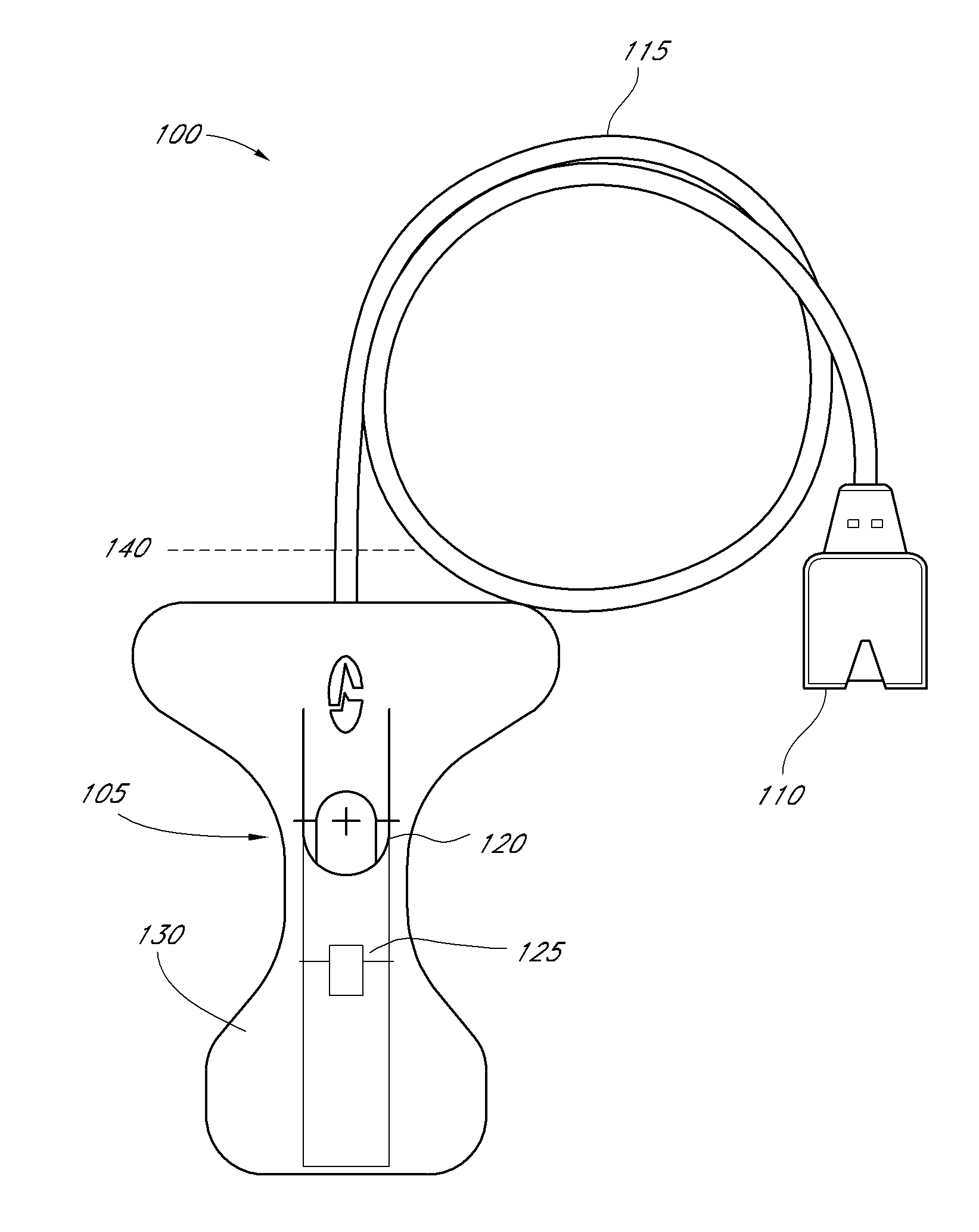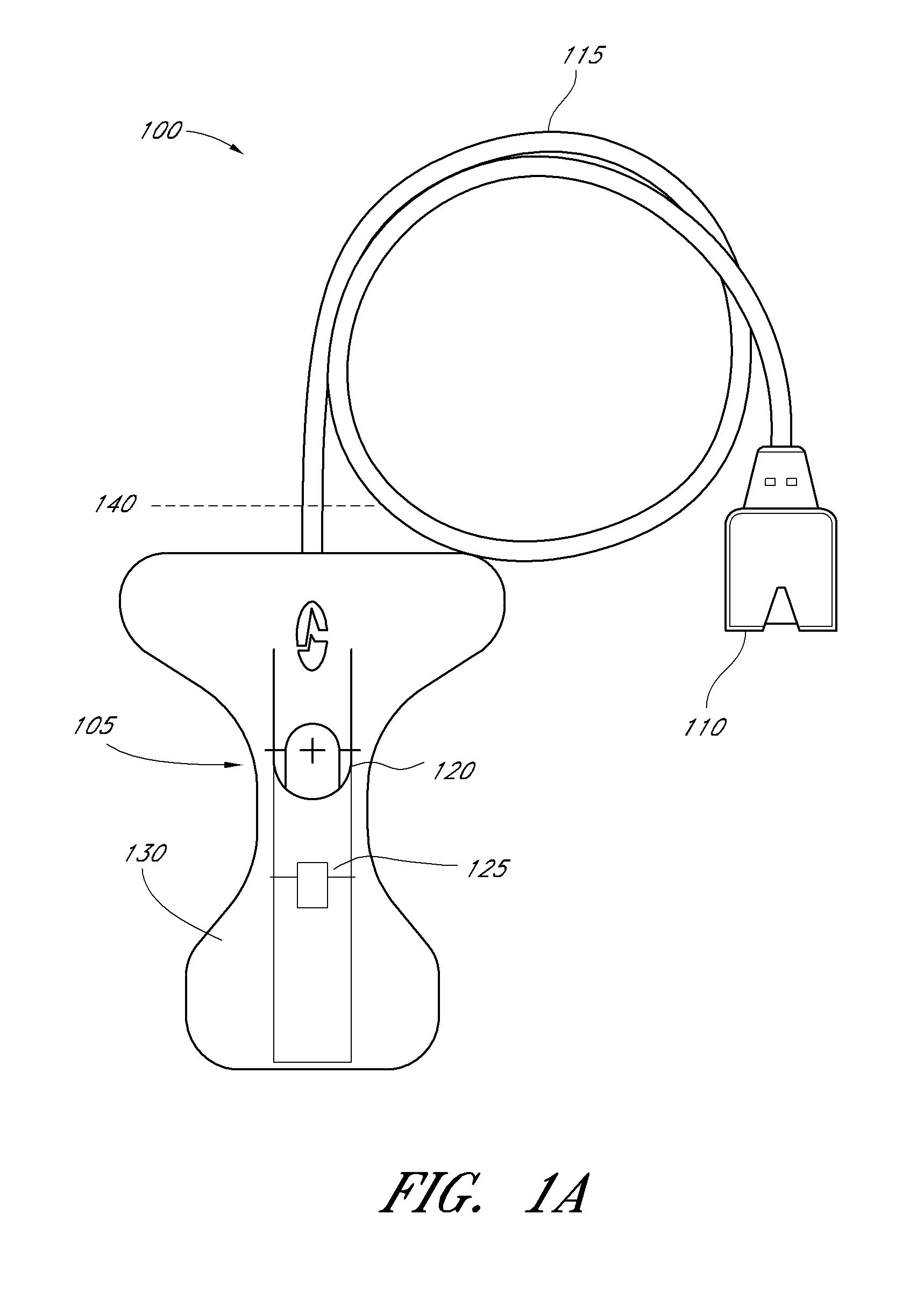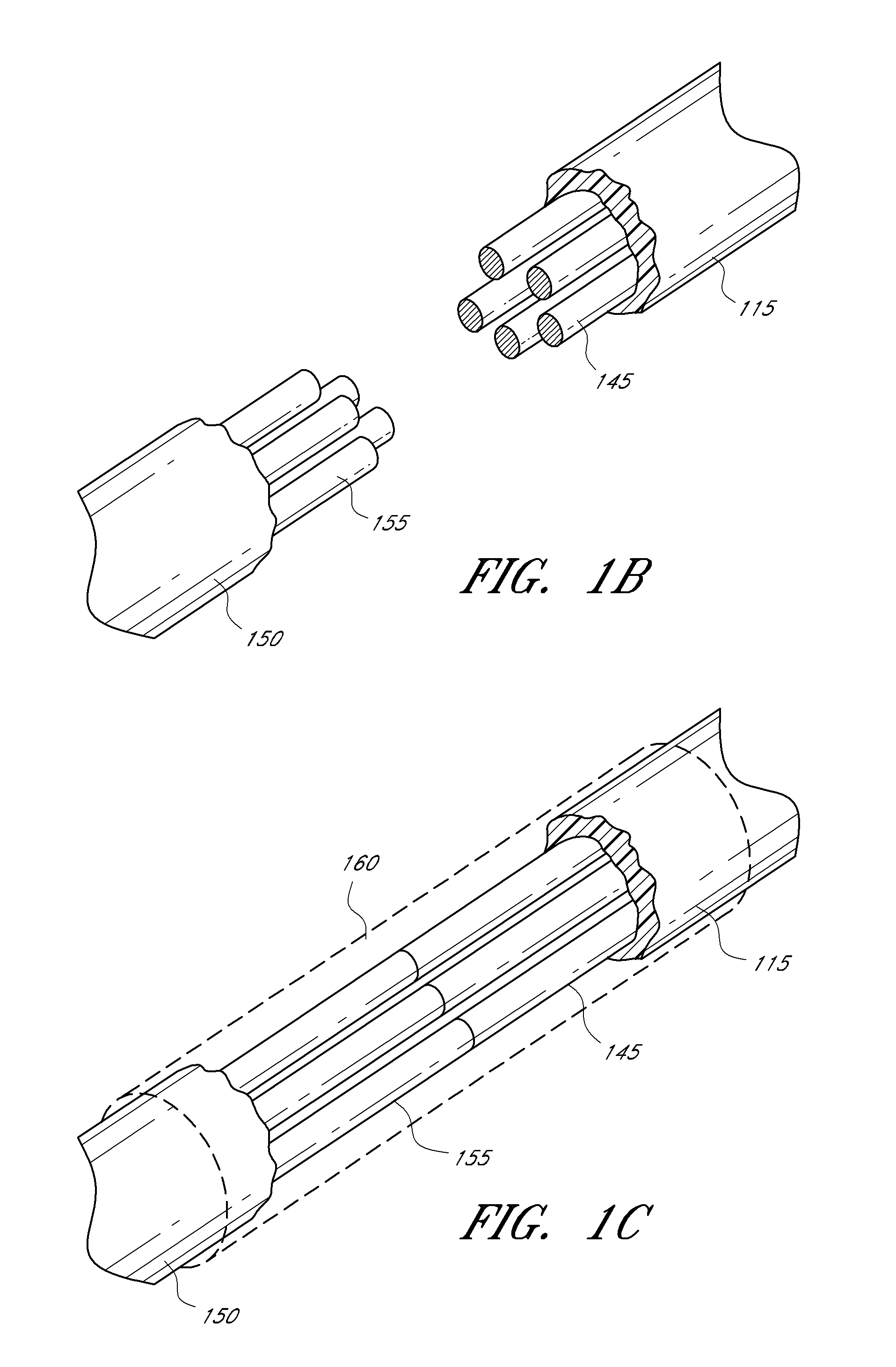Reprocessing of a physiological sensor
a physiological sensor and reprocessing technology, applied in the field of medical sensors, can solve the problems of reducing reducing the number of reducing the material cost of making an entirely new sensor, so as to reduce the reliability of refurbished sensors and reduce the number of sensors eligible for refurbishment , the effect of reducing the number of sensors
- Summary
- Abstract
- Description
- Claims
- Application Information
AI Technical Summary
Benefits of technology
Problems solved by technology
Method used
Image
Examples
Embodiment Construction
[0020]Reprocessing includes operations performed to render a used reusable or single-use device patient-ready or to allow an unused product that has been opened to be patient-ready. Reprocessing can be done in-house or by a third-party reprocessor. Whether reprocessesing is done in-house or through a third party, reprocessing generally involves cleaning, sterilization, function testing and / or replacement of components.
[0021]In this context, cleaning can mean removal of visible contaminants and environmental debris (including microscopic particles of tissue, body waste, body fluids, dirt, and / or dust). Function testing verifies that a device will perform as intended. Sterilization in the context of reprocessing can mean meeting domestic and / or international sterilization standards, such as meeting a sterility assurance level of 10-6 (i.e. a theoretical one in a million chance that an organism could survive).
[0022]FIG. 1A illustrates a top view of an example non-invasive physiological...
PUM
| Property | Measurement | Unit |
|---|---|---|
| mechanical | aaaaa | aaaaa |
| electrical | aaaaa | aaaaa |
| temperature | aaaaa | aaaaa |
Abstract
Description
Claims
Application Information
 Login to View More
Login to View More - R&D
- Intellectual Property
- Life Sciences
- Materials
- Tech Scout
- Unparalleled Data Quality
- Higher Quality Content
- 60% Fewer Hallucinations
Browse by: Latest US Patents, China's latest patents, Technical Efficacy Thesaurus, Application Domain, Technology Topic, Popular Technical Reports.
© 2025 PatSnap. All rights reserved.Legal|Privacy policy|Modern Slavery Act Transparency Statement|Sitemap|About US| Contact US: help@patsnap.com



